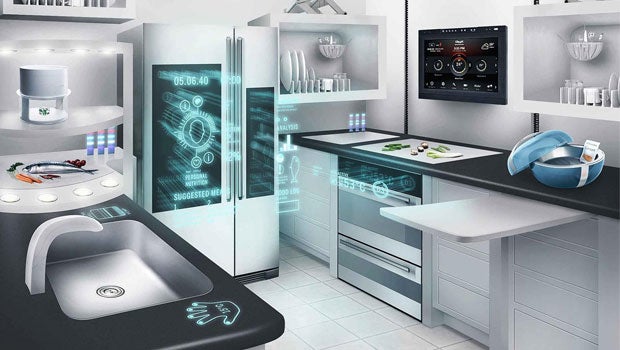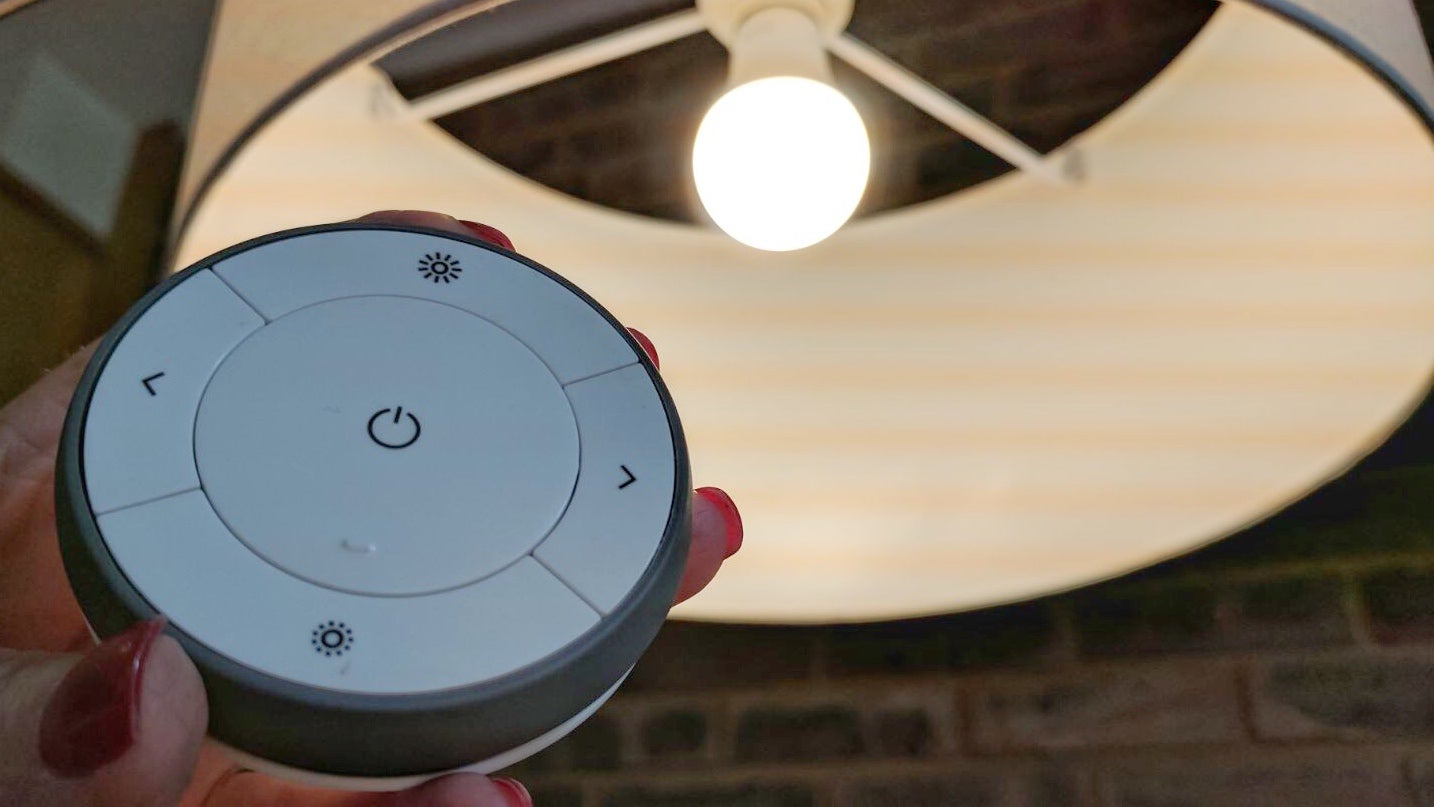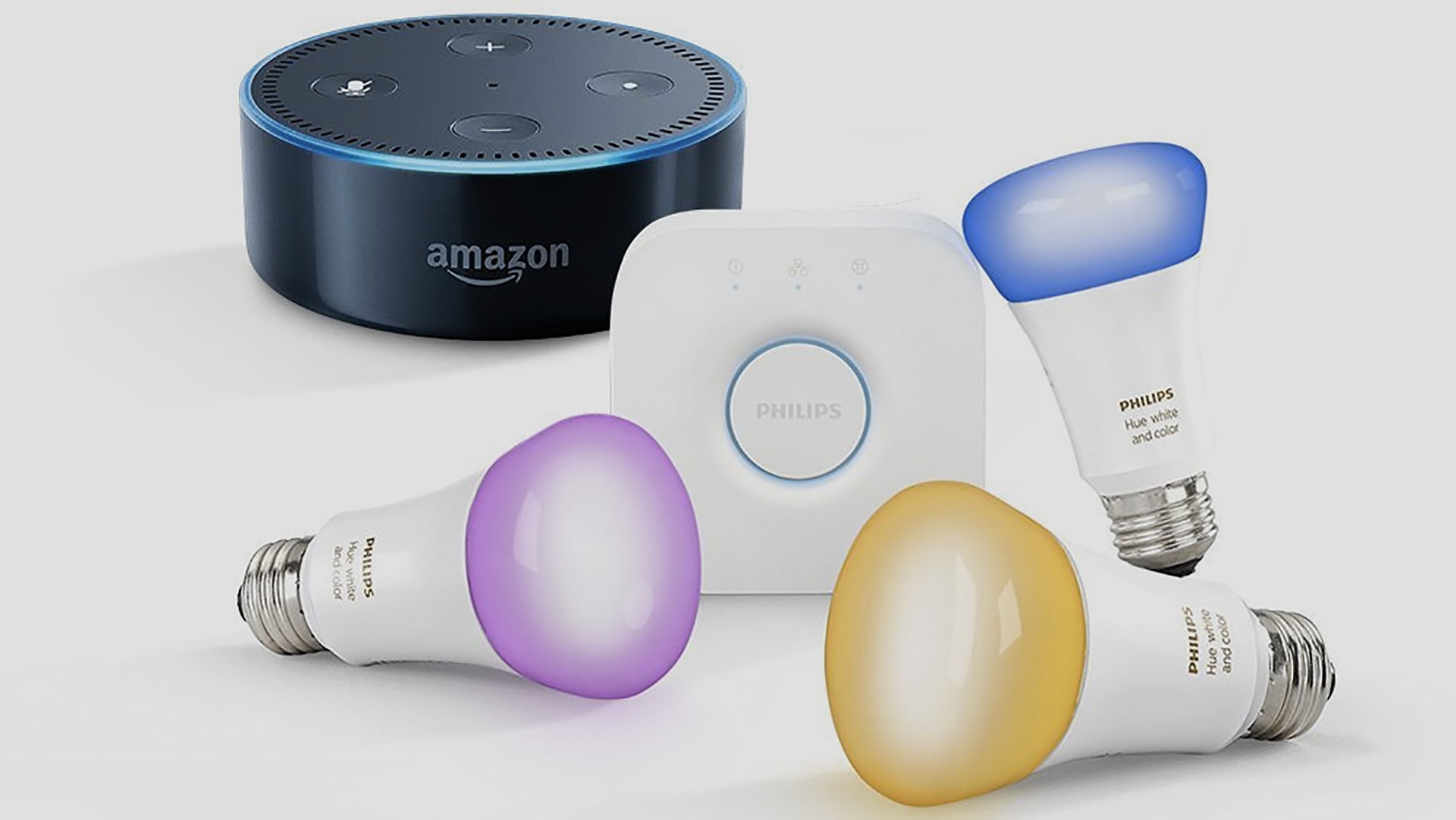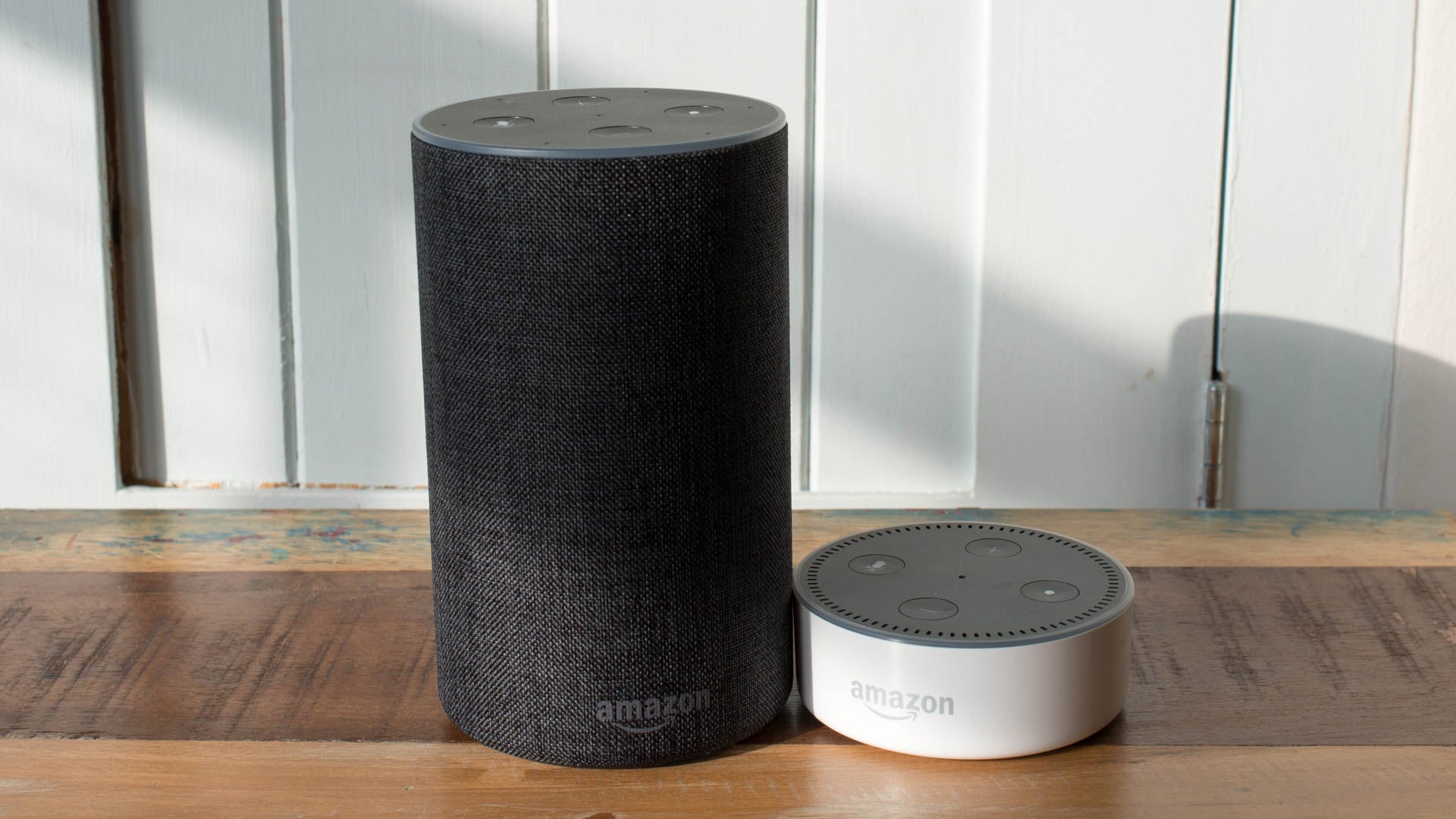What are Z-Wave, Zigbee and other smart home protocols?

One of the most frustrating things about building a smart home is that devices from different manufacturers are mostly incapable of talking to each other.
This largely comes down to the fact that different devices use different protocols, with Z-Wave and Zigbee the most popular, followed by Wi-Fi and then proprietary protocols. So, what are these protocols, what do they do, and how can you get your various products talking to one another?
What does a smart home protocol do?
A smart home protocol is a defined way for devices to communicate – a language, if you will. Devices that speak the same language can talk to each other, and be controlled via a single app. Devices that use different protocols are controlled via separate apps and can’t communicate.
For this reason, there’s been a push by some companies to use standardised protocols – such as Z-Wave, Zigbee or Wi-Fi – to let devices work together and be controlled via one app.
Both Zigbee and Z-Wave are wireless smart home protocols that work over a reliable mesh network. This use very little power, so you can even have battery-powered products.
Communication with Zigbee and Z-Wave products can be achieved in two ways. First, a wireless remote or switch can be used to give basic direct control over a device. Buy the entry-level Ikea Tradfri light bulbs, for example, and you can control your lights using a paired battery-powered remote control.

Advanced control necessitates the need for a hub. A hub plugs into your home network, providing app-based control and the ability to set up more complicated routines. The Samsung SmartThings Hub is the best example, giving you a box that can talk to both Z-Wave and Zigbee devices, with control via a single, well-designed app.
Having a hub that can talk to both Zigbee and Z-Wave devices dramatically expands the range of products available to you, letting you pick from the best of both worlds.
Wi-Fi is more power intensive, but since all our homes have wireless networks, these devices require no additional hardware and can communicate in a standard way. Wi-Fi devices are best suited to items using continuous power, such as some smart light bulbs or smart plugs.
Related: Best smart plugs
Before we look at the range of products available, let’s find out more about each protocol and the advantages and disadvantages it offers.
Z-Wave
Z-Wave is a proprietary standard owned by Sigma Systems. The Z-Wave Alliance is a consortium of companies that make Z-Wave products, with the aim of promoting the technology and ensuring compatibility with certification schemes.
As such, Z-Wave devices are built to reliably communicate with products from other manufacturers. For example, a light bulb from one company should work with a light switch from another.
Z-Wave uses a mesh network, whereby the signal is rebroadcast by devices added to your home network. Typically, this ability is limited to powered devices only, such as smart plugs, while battery-powered devices are opted-out to increase battery power.
Z-Wave transmits data at up to 100Kbps. That doesn’t sound very fast, but given that the data transmitted is largely for simple commands such as turning on a light, you don’t need more.
Running on the 900MHz spectrum, range is up to 40m with the newest Z-Wave chips, with signals able to hop between up to four nodes. This means that a Z-Wave network can easily cover most homes. The protocol supports up to 232 devices.
Z-Wave devices transmit state, so you can see whether a device is turned on or off.
Zigbee
Zigbee is a wireless protocol controlled and developed by the Zigbee Alliance. The Alliance publishes application profiles that allow for manufacturers to create products that are compatible with the standard.
The same rigorous testing isn’t applied to products, and there’s no guarantee that products using the same standard will work together. For example, Philips Hue bulbs use Zigbee, but for the full range of features, the bulbs have to be paired with the Philips Hue Bridge.
Most Zigbee devices run in the 2.4GHz band (the same as 802.11n Wi-Fi), although some use 784MHz (China), 866MHz (Europe) or 915MHz (US). Running at 2.4GHz for the most part, Zigbee’s range tops out at about 20 metres indoors.
However, just as with Z-Wave, Zigbee uses a mesh network, with devices acting as repeaters. Only constantly powered devices, such as light bulbs, act as repeaters; battery-powered devices are excluded to preserve battery life.
Data transfer rates are 250Kbps – fast enough for control signals, but not a lot more. You can add up to 65,000 devices into a Zigbee network.
Zigbee devices also transmit state, so you can see if they’re turned on or off.

Wi-Fi
Wi-Fi is the wireless network standard that we all use in our homes, from our phones, TVs, laptops and beyond. As a result of its popularity, some smart home manufacturers have used Wi-Fi for the control protocol, such as with the excellent LIFX Mini Smart Bulbs.
Typical Wi-Fi range extends up to around 40 metres indoors, although the construction of your home and interference from other devices will play a part. As a result, dead spots aren’t uncommon in homes. Therefore, using Wi-Fi for smart home devices requires a strong wireless signal throughout your home.
A big downside of wireless is the low number of supported devices. Most home routers are only configured to give out IP addresses for up to 100 devices; exceed that limit and you can’t attach more devices. While you can increase the number of IP addresses given out (up to a maximum of 254), a lot of routers will start to struggle before the 100 devices are connected, causing drop-outs and connection issues.
For this reason, we recommend using a distributed mesh system or more expensive base router if you’re going to run a lot of wireless devices. That should help improve stability.
Related: Best wireless extenders
The further issue when using Wi-Fi is that you can’t get battery-powered remotes or switches for it. Control of devices – such as smart light bulbs – is therefore limited to either app or voice control, through the likes of the Amazon Echo. Wi-Fi is, therefore, suited to a smaller number of devices, and those where bandwidth is more important, such as smart security cameras.
Proprietary protocols
Proprietary protocols are still commonly used by some devices, and require a separate hub. For example, the Honeywell Evohome multi-room smart thermostat uses its own protocol. The advantage of proprietary protocols is that the manufacturer can control how every aspect of the product works. The downside is a lack of interoperability.
Can different protocols talk to each other?
The simple answer is, no. Buy a Z-Wave remote control and it can’t directly control a Zigbee light. The operative word here is “direct”. Indirectly, it’s possible to hook up different devices and let them work together.
The fastest and best method of control is direct. This is usually through a hub that can speak multiple protocols, such as SmartThings. Using SmartThings, you can put all of your compatible smart home devices into one app and have them control each other. SmartThings can talk to Z-Wave and Zigbee devices directly, and it can also communicate with Wi-Fi devices and other hubs. For example, you can have a Z-Wave switch turn on a Philips Hue light and a LIFX Wi-Fi light bulb.
Amazon Alexa is also capable of talking to multiple devices through its hubs directly. Thanks to the latest update, one command can trigger a routine that turns on or off devices using many different protocols. Amazon is also boosting in-app control of devices, so it isn’t hard to imagine a future where Alexa will give you central voice and app control for your entire home.

Then there are external systems such as IFTTT. Using the cloud, IFTTT can spot triggers from one device (say, a button push), and create an action on another device (turn on a light, for example). IFTTT has huge options, letting you connect your smart home together the way you want it.
The downside of the system is that rules can take a while to run and aren’t as quick as direct-control systems. As such, you wouldn’t use IFTTT where speed is of the essence, such as turning on a light switch with the touch of a button.
Related: IFTTT tutorial


